Continuing the ongoing series of interviews with creative artists working on various aspects of movie and TV productions, it is my pleasure to welcome Ben Kutchins. In this interview he talks about his early experiments with film and the influence of that phase on his work, the importance of learning from mistakes, hiding the technical complexity around the shots and making them look effortless, and the transition of the industry from film to digital. Around these topics and more, Ben dives deep into his work on the first season of the critically acclaimed “Ozark” on which he shot six of the ten episodes.
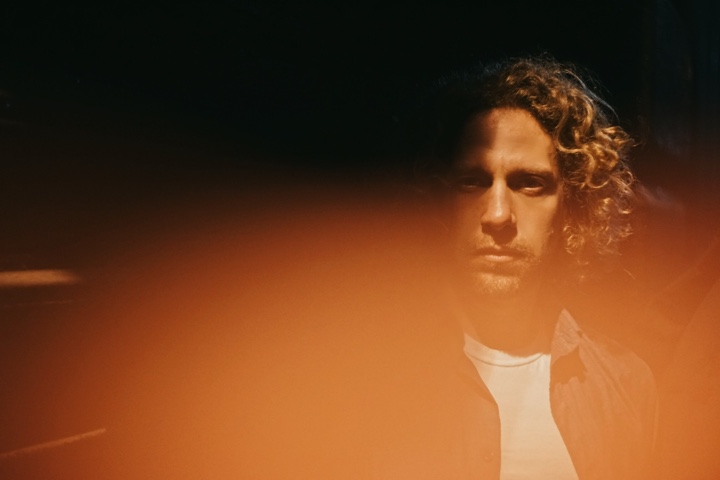
Kirill: Please tell us about yourself and your path so far.
Ben: When I was 12, I found my dad’s old 35mm camera buried in a drawer collecting dust. There was a drug store near my house that sold film and processing, so I started taking pictures of my friends. I became more and more interested in what the world looked like through a lens.
I took pictures all the way to the college, when I got a summer internship with Lucasfilm at Industrial Light & Magic, and that was the first time that I saw people making movies. Like for most people, it was a complete mystery what happened behind the curtain. When I saw the craftsmanship that goes behind making something, I was hooked.
I saw a cinematographer lighting a miniature set from Jumanji that was going to get blown up. He spent a whole day lighting a miniature that was going to be on screen for something like two seconds, and most of that time it would be exploding. But he was giving so much care to every flag placement and every detail of how it was lit. That fully captured my interest. It was at that moment, I thought to myself, “I want to do that.”
I worked at Lucasfilm for a few years. It started as the internship, and then they offered me a full time position in the still photography department. They had a full photo lab and I was given time and materials to experiment and learn about film. My background is in film and photochemical process, and Lucasfilm is where I started developing different looks, cross-processing, over-exposing, under-exposing, using different stocks to see how they reacted. It’s not something that I utilize today at the technical level, but it fully influences what I do creatively. Most of choices are made in a digital world, but the idea of strong color choices, strong grain and texture, creating a vibe or a mood comes from the photochemical process and that time of experimentation.
There came a point during my time at ILM that it became clear that if I stayed there, my job would end up being creating computer-generated graphic work. When Lucasfilm originally offered me the job, I had quit school. I knew that I didn’t want to spend my life at a computer, so I decided to go back to school and study filmmaking.
I transferred to NYU and it was an amazing experience. I shot around 60 films in two years. There were only about four or five students interested in cinematography, and the rest wanted to be directors. The four of us included Rachel Morrison who just shot “Black Panther” and Reed Morano who directed “The Handmaid’s Tale” and a handful of other productions. It was a great opportunity for us to be able to shoot all those films for all the people who wanted to be directors. It’s where I learned the basic language of filmmaking. The majority of those I did hand-holding the camera in one hand, sometimes a china ball lantern in the other, running around the streets of New York shooting.
I only learn by making mistakes, and it was a great opportunity to make lots of mistakes. Some of those “mistakes” I love and I use today, and some of those taught me lessons and I try to never repeat them [laughs].
Kirill: Was there ever any disappointment in those days to see those tricks that almost fool the viewers to believe into seeing something on the screen that is not there on the set?
Ben: I was fascinated by the extreme amount of hard work that it takes, and I was never obsessed with thinking that we were fooling the audience. I am fascinated today still, and I am always deeply engaged in the process. When you are right in the middle of a setup or a shot, and you are trying to figure out the brutal honesty of the story that you want to tell, everything else falls away.
That is the reason why I keep on coming back to filmmaking. It’s the reason why I will always love it. Everything else falls away and time doesn’t matter. There is no moment where I’m thinking about the external world or what I should have for breakfast tomorrow. So there is no moment where I feel that we are lying to people. The reality is that we are not lying. At that moment I am fully engaged in the story that I am trying to tell, and I am looking for the truth and honesty of that moment.
You can view it as a trick, or you can view it as my truth. What is my memory of when somebody really hurt my feelings? What is my memory of pure joy? What is my memory of someone being dishonest? What does that feel like, and how do I translate that onto the screen so that the viewer feels just a tiny bit of what I am feeling? If I can transmit just the tiniest bit of that feeling, then I’ve done my job. For me, it’s the search for the truth.
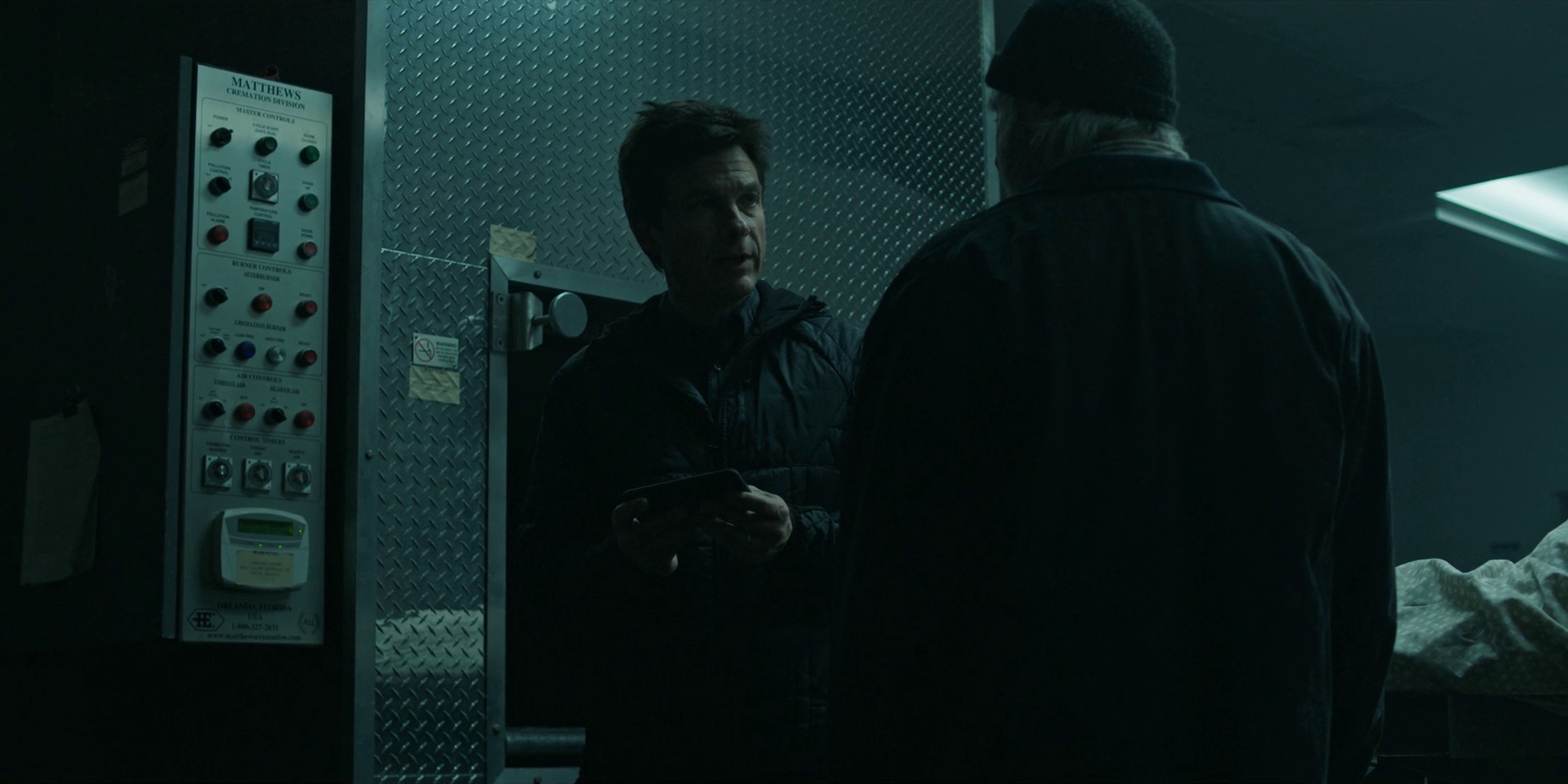
Kirill: Is there anything that still surprises you when you join a new production and start working on it?
Ben: One of the things that I love is that each production is its own living breathing entity. It’s always a collaboration of a large group of people. We rely on everybody to make this dream come true. Everybody needs to get things done, no matter which level of the production hierarchy they are on.
It’s an ever-changing group of people. It’s a new group of people that work and think differently. The pace is different, the aesthetic is different, and there’s a difference about what is important. The environment is ever-changing and you have to adapt. I can’t come in and force my will on a production. I have to be malleable. I have to adapt myself to the situation that presents itself.
Kirill: When you meet somebody new at a party and you talk about what you do for a living, do you think they realize how much goes into what you do?
Ben: When I talk about what I do, I think that they imagine me with the camera on my shoulder running around and pointing the camera at things. They might also think that we can shoot the whole movie in a few days, and they might not even understand why that is impossible.
People that know me, people that I have real relationships with, know how much I work and how hard that work is, even though they are not in my field. But I don’t think that there’s any way, until you’re there, to really understand what we are doing and why it takes so much time. Sometimes it’s mind-numbing to think about all the details that go into making a particular shot work. You can spend multiple days doing just one complicated shot. It would be two days rehearsing it and then one more whole day shooting it. I think that is really hard to comprehend.
People would probably just think that we’re lazy or stupid from the outside [laughs].
Continue reading »
Continuing the ongoing series of interviews with creative artists working on various aspects of movie and TV productions, it is my pleasure to welcome Elisabeth Williams. After doing art direction on the second season of “Fargo”, she continued into the third season as the show’s production designer. In this interview Elisabeth talks about her journey through the various roles in the art department, the arc of a production from initial explorations to watching sets being torn down at the end, the differences between the worlds of feature film and episodic productions, and working on the last two seasons of “Fargo” to build a unique universe for each.
Kirill: Please tell us about yourself and your path so far.
Elisabeth: I was born and raised in Montreal. My mother is French Canadian and my father was from Boston which has given me the advantage of being bilingual, and of having both Canadian and American citizenship.
I was on a very different career path when I started in film some twenty years ago. My upbringing had guided me towards academics, but while I was writing my Masters Thesis, the first opportunity to work as a Production Coordinator on a series arose. During that 18 month contract I fell in love with the process, and I decided that Production Design was what I wanted to do.
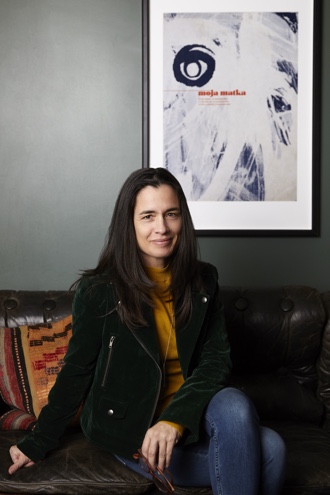 I did a three-month internship in the Art Department and then I hopscotched my way to where I wanted to be – over the next ten years – first as Art Department Coordinator, then as set dec buyer, set dec assistant and Set Decorator. Meanwhile, I had both my children and took night classes in Interior Design, and various drawing classes on the side. A producer I had been working for gave me my first break as Production Designer and, though I think hard work is the main reason for my advancement, a combination of fortuity and contacts helped get me to where I am today. I am indebted to those few people who took a chance on me over the years, and who gave me the platform from which to jump and spread my wings.
I did a three-month internship in the Art Department and then I hopscotched my way to where I wanted to be – over the next ten years – first as Art Department Coordinator, then as set dec buyer, set dec assistant and Set Decorator. Meanwhile, I had both my children and took night classes in Interior Design, and various drawing classes on the side. A producer I had been working for gave me my first break as Production Designer and, though I think hard work is the main reason for my advancement, a combination of fortuity and contacts helped get me to where I am today. I am indebted to those few people who took a chance on me over the years, and who gave me the platform from which to jump and spread my wings.
Leaving Montreal and my children to work on Fargo Season 2 in 2014 was a turning point in my career. There have been challenges and my children, their father and I have made sacrifices over the last four years. Thankfully, the support of my family has made it easier for us to handle those challenges and to live without regrets.
Kirill: When you meet somebody new at a party and they ask you what do you do for a living, what do you tell them?
Elisabeth: My first response is simply that i work in film, in the art department. I am never quite sure what people know about the work that goes on behind the scenes and I most often find myself having to explain the nature of my job.
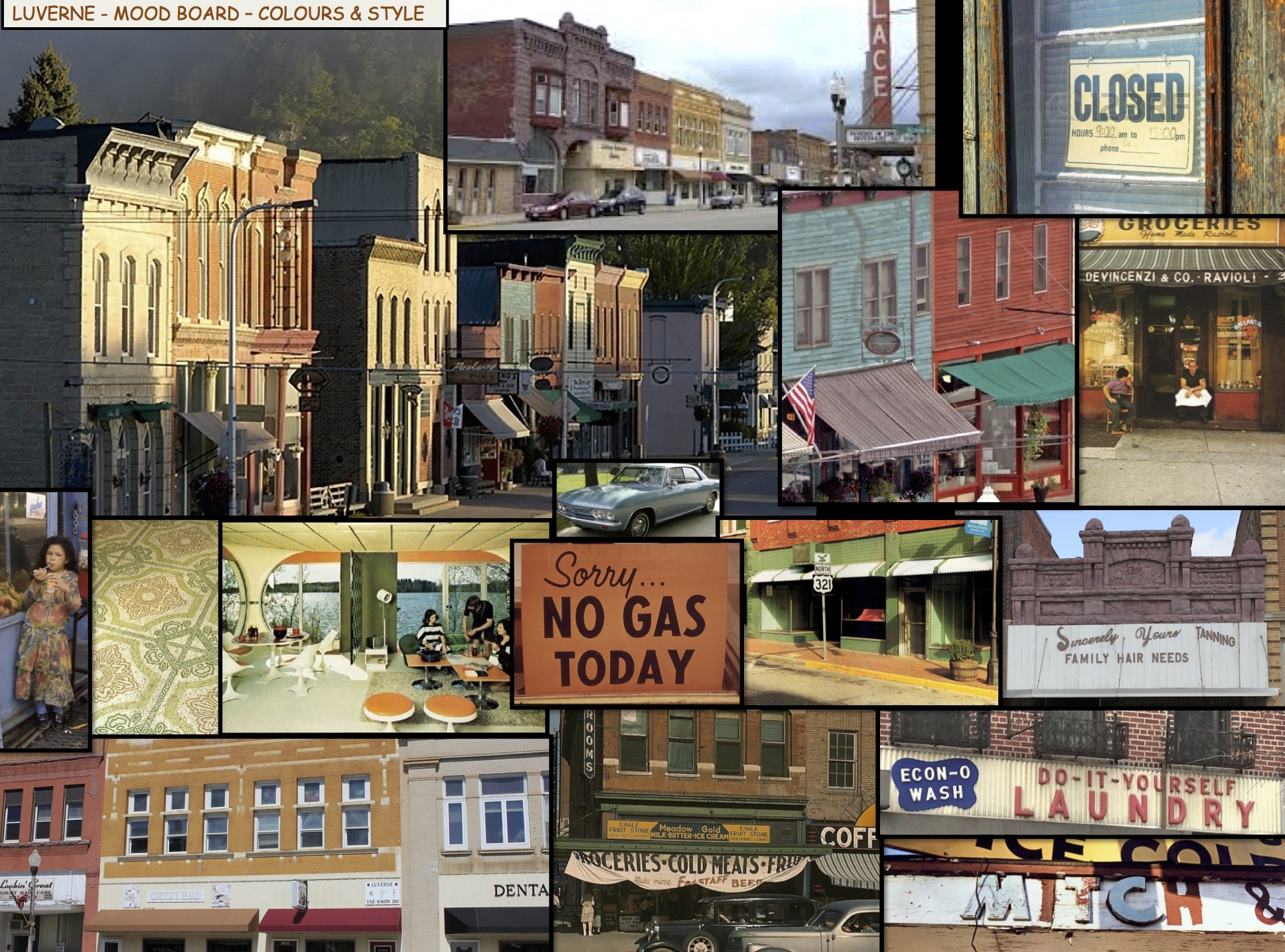
Moodboards for Fargo season 2, courtesy of Elisabeth Williams.
Kirill: Do you find that people are surprised that everything that is seen in films / TV shows has to be intentionally designed?
Elisabeth: Yes, I think that people don’t realize that each element is chosen to create a universe which complements, supports or enriches the story. In certain films and series it is obvious. The design stands out intentionally. The sets are a character in themselves. It is the case of “The Grand Budapest Hotel”, for example, or “The Handmaid’s Tale”. In a series like “Fargo”, however, though we treat the sets as characters in their own right, the design is more subtle because it purposely celebrates the bland.
Kirill: Going back to your first couple of productions, what was the most unexpected or surprising thing for you?
Elisabeth: The most surprising thing for me was the amount of work and collaboration goes into making films and series. It always feels to me like the project takes on a life of its own. It becomes ravenous and there are hundreds of us feeding it every step of the way and fighting to keep up with the way it grows and evolves.
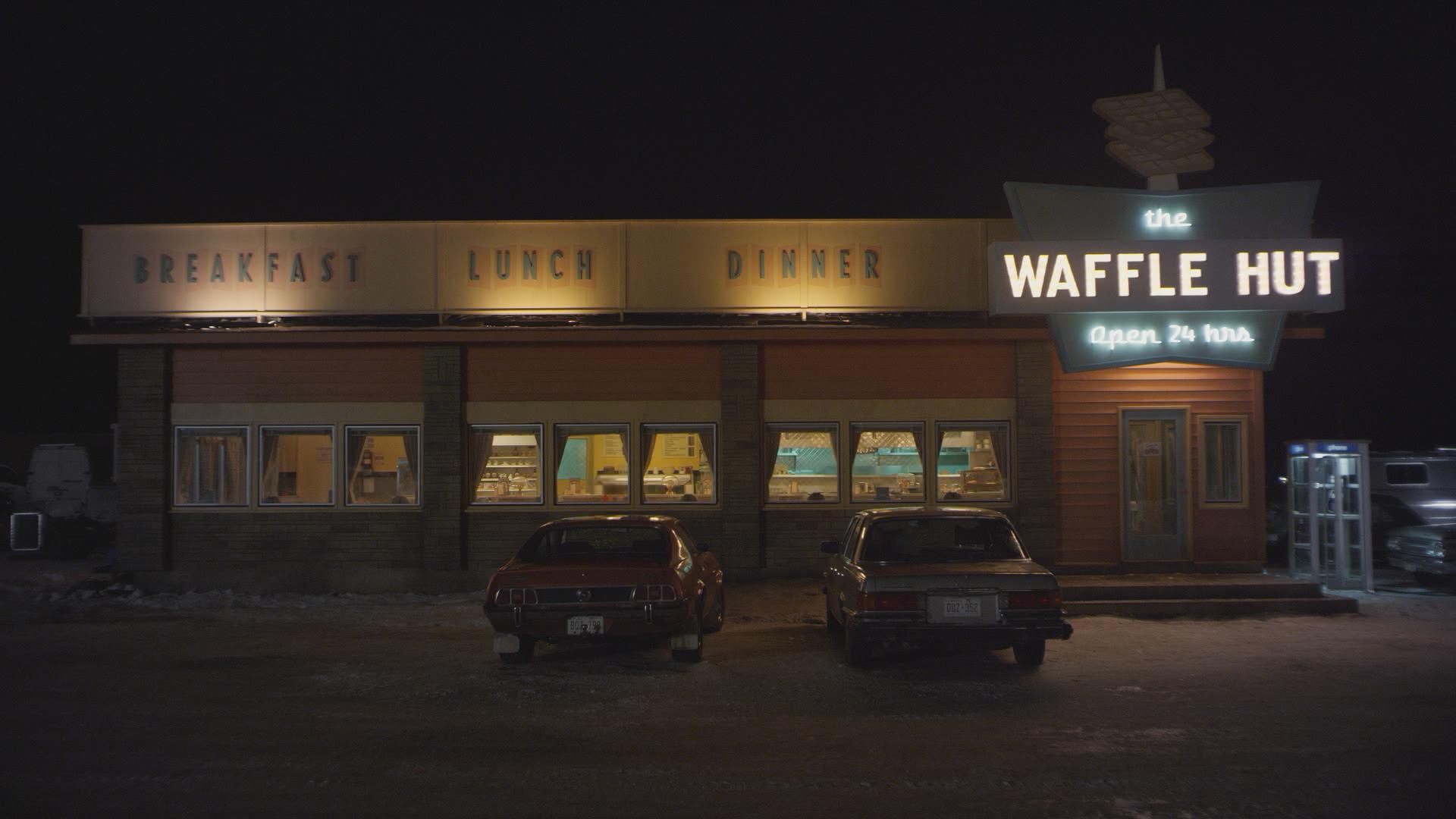
Fargo season 2, courtesy of Elisabeth Williams.
Continue reading »
Continuing the ongoing series of interviews with creative artists working on various aspects of movie and TV productions, it is my honour to welcome Colin Watkinson. In this interview he talks about the evolution of the field of cinematography in the last couple of decades and how the transition to digital changed the dynamics on set, the role of the cinematographer, and telling stories with moving light. Around these topics and more, Colin dives deep into his work on the first season of the critically acclaimed “The Handmaid’s Tale” on which he shot all ten episodes, building the back story and the visual universe of Gilead.
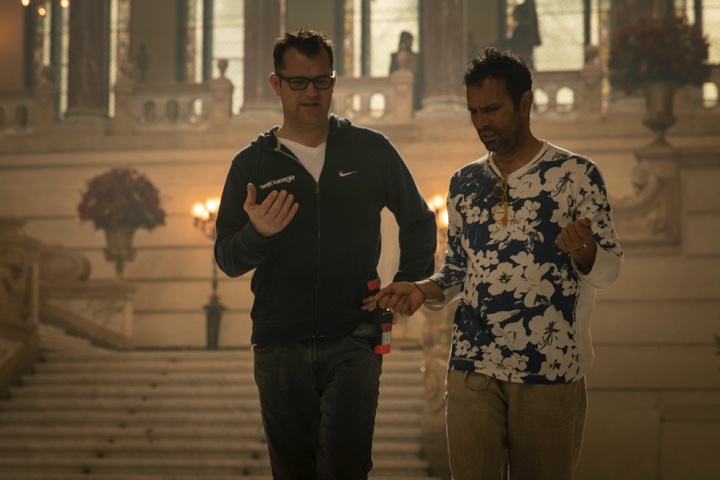
Colin Watkinson and Tarsem on the sets of “Emerald City”. Courtesy of Colin Watkinson.
Kirill: Please tell us about yourself and your path so far.
Colin: I’ve been working in the film industry since 1989. I started in visual effects and then worked my way through the camera department – clapper loader, focus puller to the director of photography.
I was drawn to the camera department because it is so immediate to telling the story. I loved how they were right there at the forefront, and everyday they created something. Everyday you have something that you have made. I really like that. It’s different every day and I love that about it. Every day is a different challenge, different place, different people.
Kirill: When you refer to something that you make, do you refer to the physical medium of film that was on the set when you started?
Colin: I’ve done commercials, music videos, feature films and TV. On TV you have around four scenes to do every day, and at the end of the day you have four completed scenes. They will still go through the process of being edited, but it’s done. The same happens on commercials and other types of productions. You have something to look at at the end of every day.
Kirill: If you compare this to other art forms, like painting or sculpture, this medium is a bit more ephemeral or temporal. You have the physical medium of the disc for those that still buy them, but otherwise you can’t reach out and touch it. You can’t go around and look at it from a different angle. There is no physicality to it, so to speak. And there’s so much new stuff happening, that people rarely go back and rewatch it.
Colin: My work on commercials would be seen again and again and again. And I enjoyed making something that would be seen that way. You hope to strike a chord and make something that people will come back to and watch again, and they see something they didn’t see the first time – if it’s layered enough and complex enough to entice people to rewatch.
Now that I’m in the narrative world, I don’t have those feelings. But that was certainly true in the commercial world – to make something that resonated, something that could be watched again and again.
I’ve enjoyed the visual medium of the film from the very early age. And I never thought as an 18-year old kid in Liverpool that it was an option. At the time, there wasn’t an awful lot going on in the city. It was when I came to London that the option of working in this industry presented itself. With a little bit of luck, I took that chance and did it.
Then I started thinking what I would need to do to succeed in that industry. What talent do I have to work in this industry? I started working hard, and at some point I met Tarsem. He really spoke to me. Watching his work was interesting, and made me realize that I wanted to do what he was doing. I’ve been working with him since 1993, and he’s been a huge influence on my career.
We started out doing commercials, and his vision was outstanding and striking. That was what I wanted to do. I wanted to make images that would make people sit up.
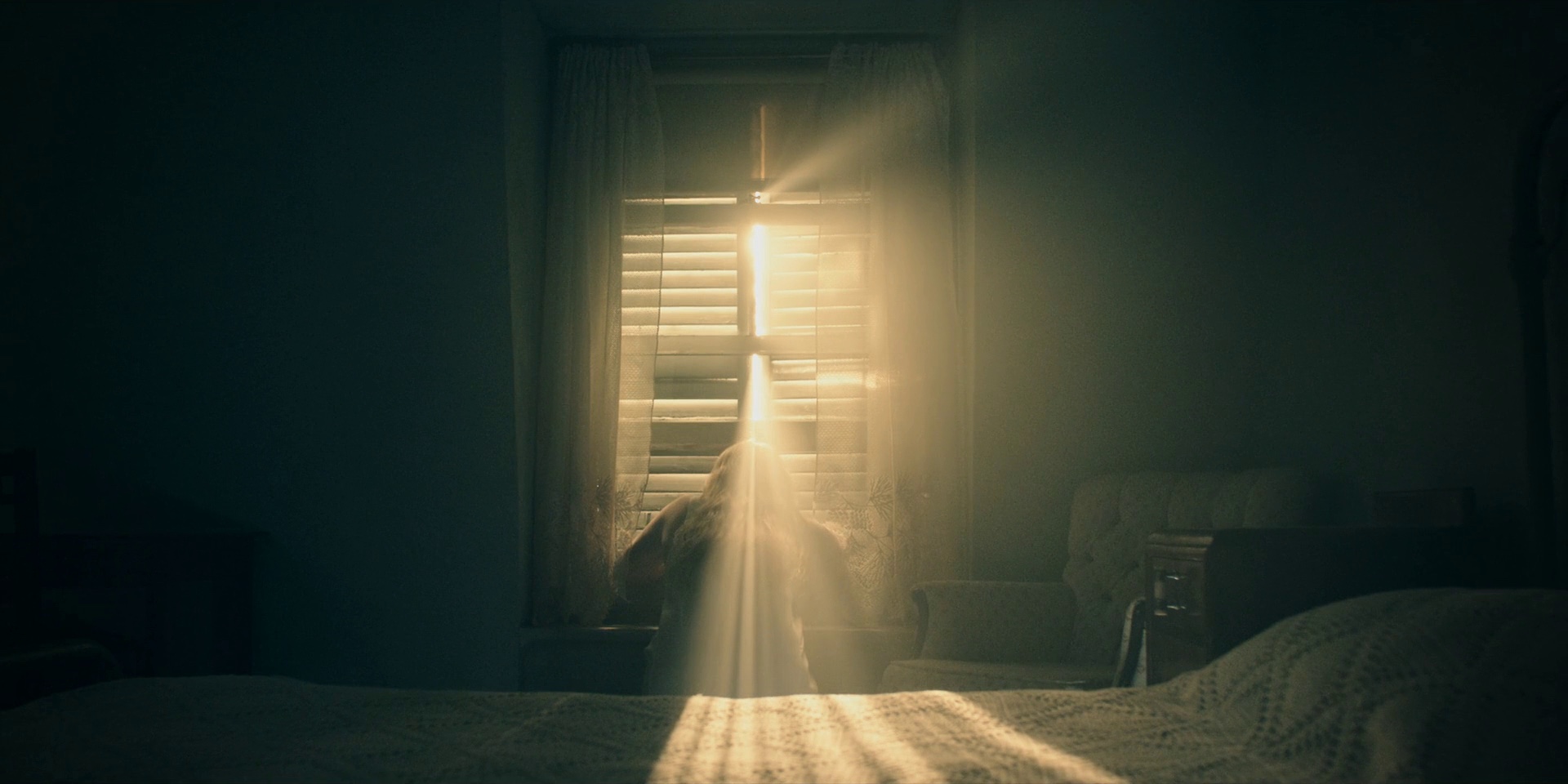
Kirill: Looking back at when you started, do you think it’s easier to get into the industry these days? The equipment is so much more affordable, from cameras to even smartphones where you can shoot, edit and post your work without having to even buy a computer.
Colin: If you want to be a filmmaker today, it’s only your own laziness that will stop you. When I was 11 or 12, I couldn’t afford an 8mm camera, and it is just a memory. But for a young filmmaker these days, there is no excuse. There are so many tools. If you want to tell a visual story, you can tell it on your phone.
And because of that, the challenge is that much greater. There are a lot of people who want to do it and who think they can do it now. It is harder to rise above and have somebody pay you to do that. You can do it, but can you monetize it? Can you live as a professional? That’s probably the hardest challenge for people who are trying to break in today. It must seem like a glut of people, all trying to do the same thing.
Kirill: Would you say that the tools themselves play a much smaller part, and the main thing is how well you can tell that story, and perhaps a little bit of luck to get noticed?
Colin: There’s always an element of luck, and how you use that luck when it presents itself. It’s watching, learning and then doing. You don’t talk about it. You do it. You keep doing it. You keep making mistakes. Don’t be afraid to make mistakes. That’s part of the process – to learn what does and does not work.
Take as much as you can from everybody that you meet, and put that in your work.
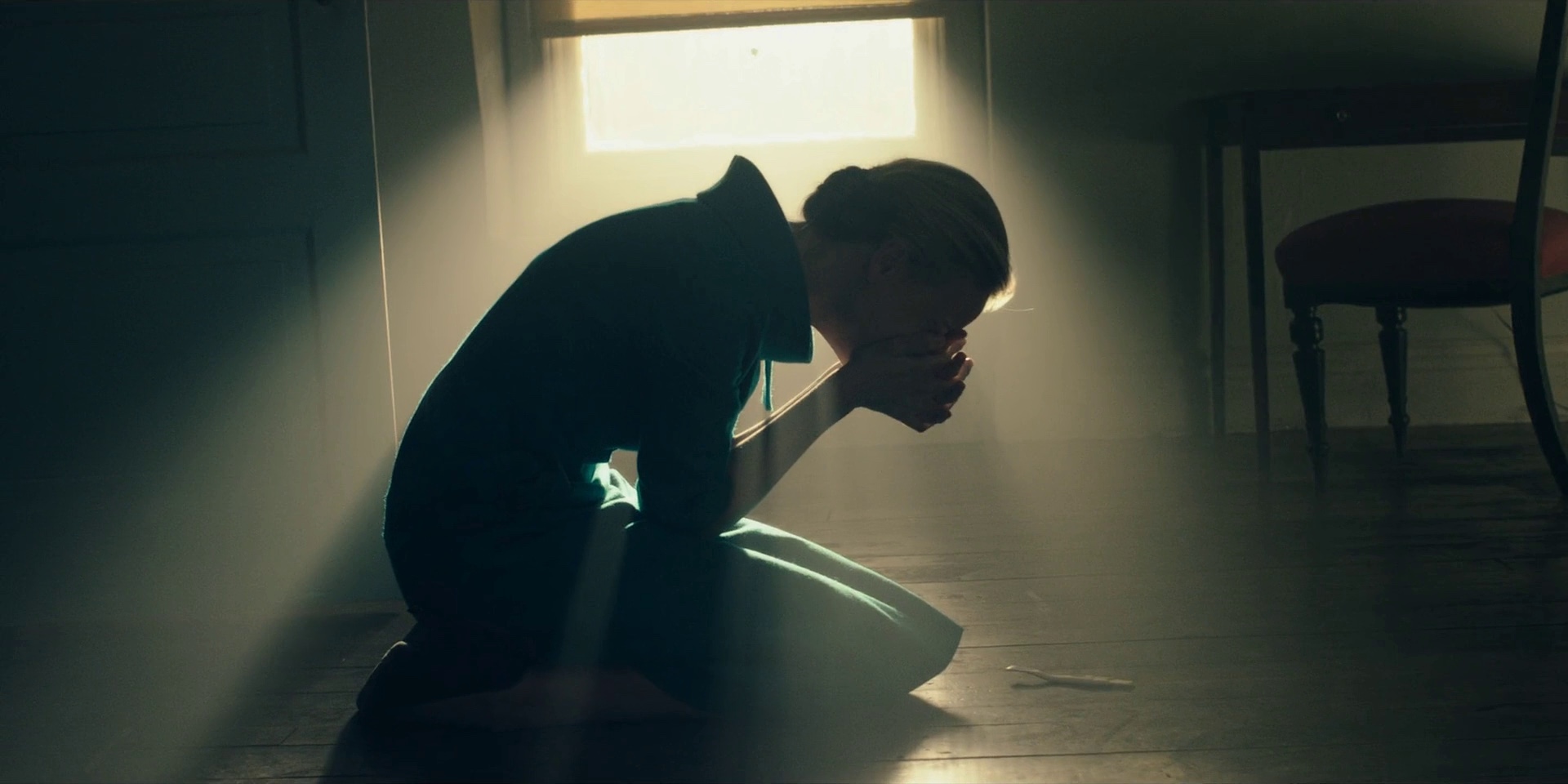
Kirill: Do you miss the days of film as a medium? There was some magic to the cinematographer’s job to capture that moment through the lens while everybody else is waiting for the dailies to be processed.
Colin: I don’t. Technology drives us forward. You have to embrace it and accept it for what it is. You have to try to make your work better through it.
There were only very few people that could expose film in interesting ways, anyway. With digital, we can all be better cinematographers, because it is so immediate. We can make decisions and not worry about how it’s going to come out the next day. It’s right there for you to explore.
I really enjoy how immediate it is. You can be braver and bolder. There was a lot of safety in film. You go back to look at films that you thought were amazing, and it’s not quite amazing as what you remembered. There were, of course, masters that really knew what they were doing. But a lot of people just exposed it [laughs]. They told the story, but there was no bravery with the exposure, or the knowledge of what they were doing wasn’t as precise as the masters.
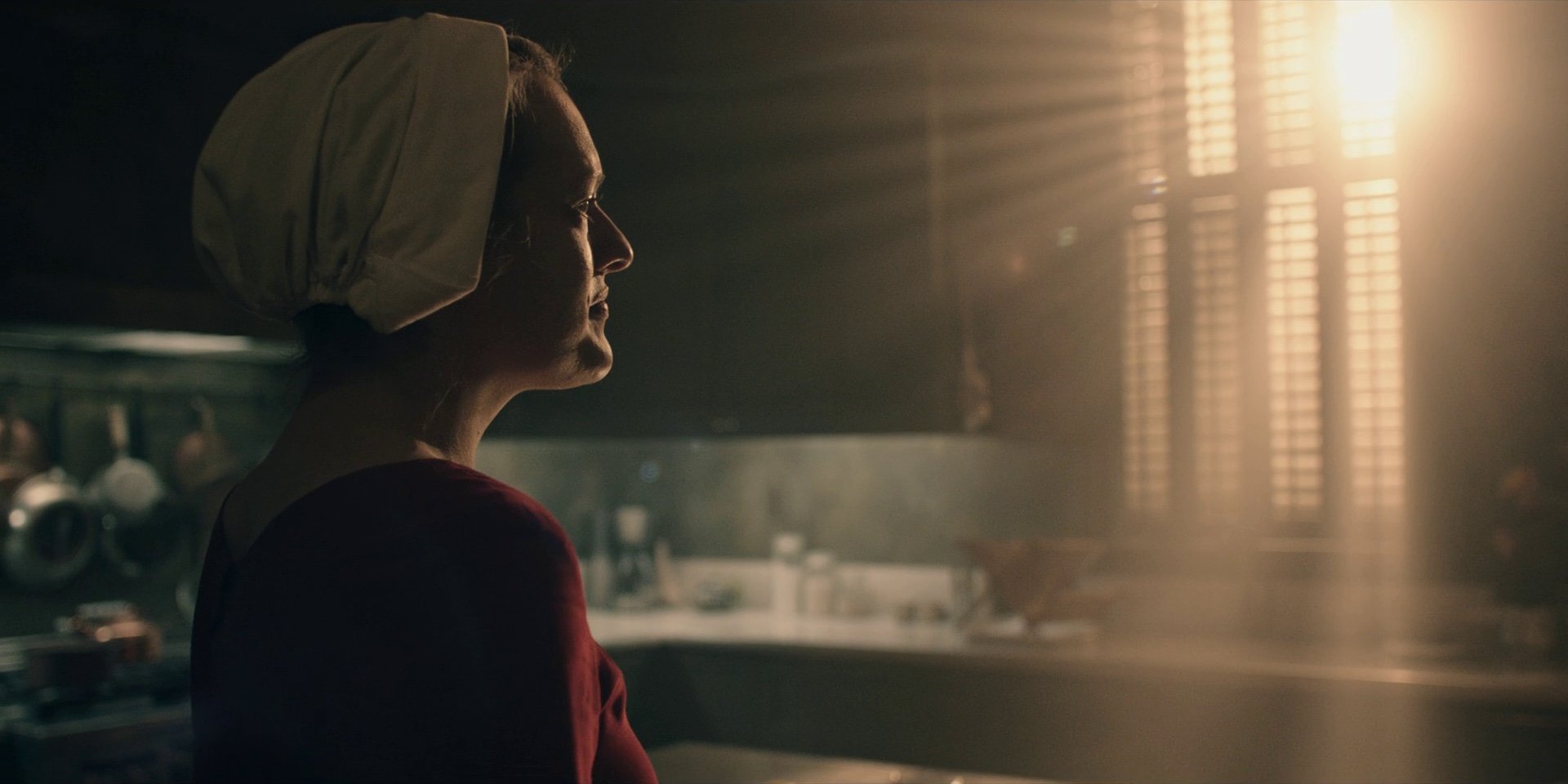 Continue reading »
Continue reading »
We are living in a time of unparalleled abundance of deep, thoughtful, provoking and captivating story telling in the medium of moving picture. Just a few short years ago, episodic television was the home for mostly generic, repetitive plot lines that you would occasionally dip into for a few episodes, soon to be forgotten among similar cookie-cutter stories. It was the world marked by long breaks inside each season, structured around “sweeps” rating peaks of November, February and May.
Things have changed dramatically in just the past few years, with tight and focused season arcs, entire seasons released for binge watching, delay-view technology that tipped the balance of when we watch our shows into our favor, and the undeniable tidal change in the entire landscape of how stories are told in the age of streaming. These days, I often find myself trying to fit “just one” more show into the few precious evening hours, answering the maddening question of what am I going to give up on watching this week.
“Black Mirror” is a show like no other. It’s an anthology set in a world just around the corner, a world that is at times soothingly tranquil, and at times achingly terrifying. It’s a world that shows the great promise of technology, and is not afraid to explore the dark corners of how that technology can undo the fabric of our daily social interactions at work, with friends and within family.
As the third season of the show wrapped up, I’ve had the honor of interviewing the production designer Joel Collins and the VFX director Dan May. The year before that I spoke with Gemma Kingsley on the screen graphics of the first two seasons, and last month I’ve had the opportunity to extend that discussion into the screens of the last two seasons so far with Simon Russell. And today it gives me great pleasure to welcome Erica McEwan who worked as the graphic art director on all 19 episodes of the show so far.
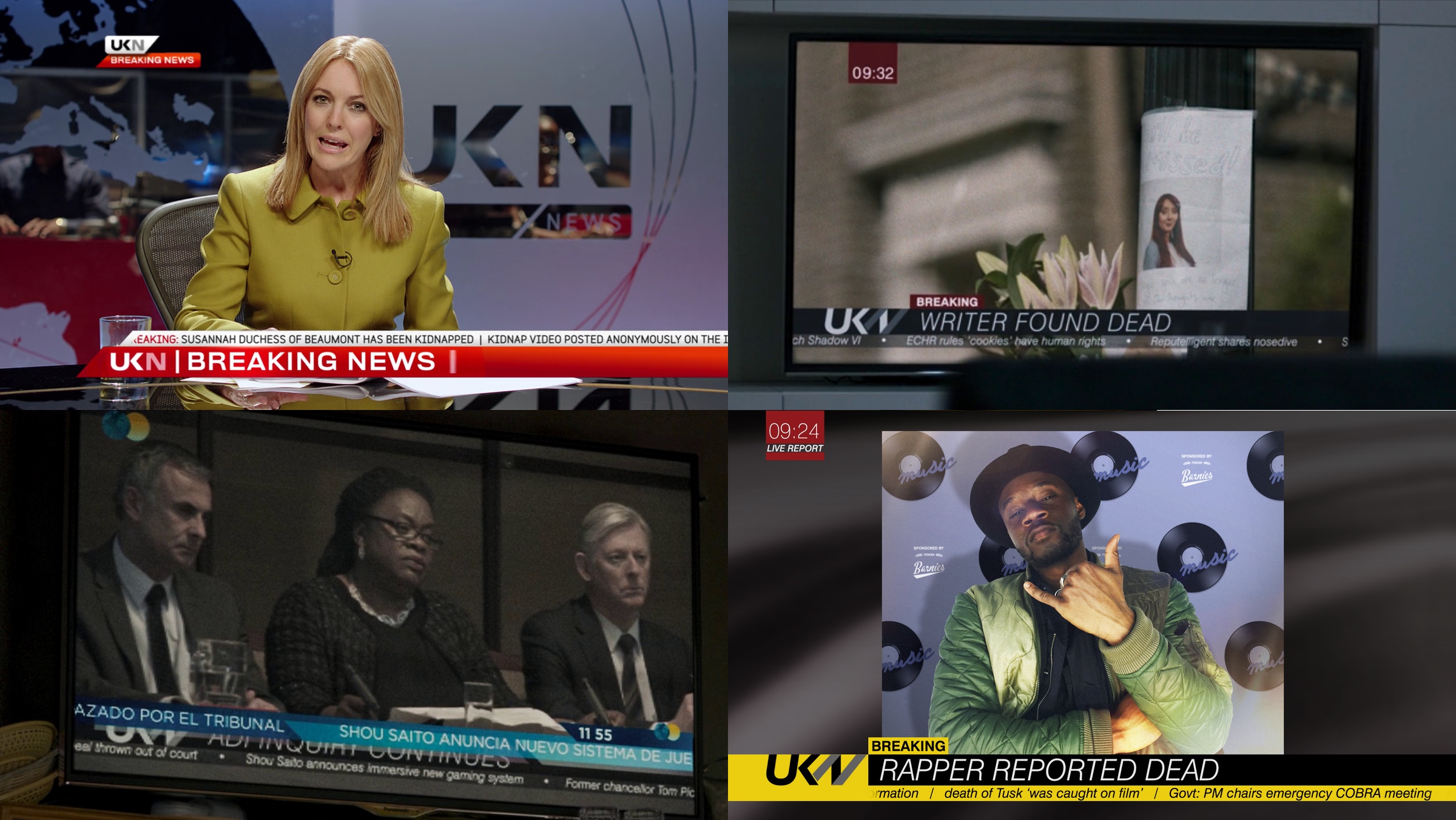
Branding for the UKN news channel that serves to move the plot forward, as well as to create temporal connection between different episodes. In top right, “Hated in the Nation” is connected to cookies introduced in “White Christmas” and Reputelligent company with word play on “Nosedive”. In bottom left, “Hated in the Nation” is connected to Shou Saito from “Playtest”.
Kirill: Please tell us about yourself and your path so far.
Erica: I was born in Canada, but I grew up on the sunny shores of Sydney. As a kid, I was often dragged into my dad’s office on the weekends. I was sitting there in his art department, playing with thousands of Pantone markers and thinking that when I grow up I want to color-in for a living.
I made it my prerogative to get into one of the university courses, to be visual, to do something with art. I did a bachelor of design degree in visual communication, focusing on film, video, typography and production design. I hated the computer. I hated technology. I wanted to do everything with my hands. When I finished my degree, I started working on a medical drama and some short films, starting at the bottom of the art department.
 Soon I felt that I was suffocating in Sydney. I wanted to go where the lights were a bit brighter – to the US or Europe. I talked my way into a TV studio doing motion graphics and broadcast design, as the pay cheques were a little bigger, and within a year I found myself over in London knocking on doors and looking for a job in motion graphics. Ironically, I found myself quite a computer geek, living in AfterEffects.
Soon I felt that I was suffocating in Sydney. I wanted to go where the lights were a bit brighter – to the US or Europe. I talked my way into a TV studio doing motion graphics and broadcast design, as the pay cheques were a little bigger, and within a year I found myself over in London knocking on doors and looking for a job in motion graphics. Ironically, I found myself quite a computer geek, living in AfterEffects.
Through knocking on those doors I met Justin Chatburn who is a visual development artist now at Painting Practice. He gave me my first job in Soho. During the next six years I did a bunch of motion graphics jobs, especially title sequences for TV shows. I was still in the TV world, but it wasn’t quite where I imagined I would be. After those six years I wanted to be a storyteller again. I wanted to be a part of something that would let people escape for an hour and forget about their troubles.
Fortunately, in the meantime Justin had met Joel Collins and Dan May from Painting Practice, and he got me into their company for a few jobs. And before I knew it, I was talking with Joel about wanting to get back into the film world. He told me there was this crazy new show called “Black Mirror” that nobody knows about, but it has a lot of screens and graphics. He invited me to work with them, and the rest is history. Before we knew it, we were up to our eyeballs into season 1. It was complex, exciting and really hard work! The end result was so special and unique that we kept going back for more
Quite strangely, despite my early film and art department beginnings, it was my accidental foray into motion graphics for those years that actually paved my way back into the art department, to the role that I do these days – which is to create and art direct graphics on a physical and digital level, throughout the prep, shoot and post processes.
Once i got there, I fought the graphics thing for quite a while. I wanted to make stuff with my hands, and art direct in the more traditional sense. But when I realised there is such a need for graphics in so many formats, including physical elements that didn’t only exist in the computer – i began to really embrace the job. “Black Mirror” is such a complex job for graphics, so when Joel invited me to come and be part of the team I jumped head-first into that complexity. That’s how I ended up on this show.
Kirill: You mention that you’re working on both physical and digital level, and this is something that I also talked about with Joel and Dan – that Painting Practice chooses the best suited tool for the job, including some of the older techniques like matte paintings.
Erica: There are so many factors that come into why something would be done in-camera or CGI. On “Black Mirror” like on any other show, you ultimately have the constraints of time and money – so you always want to aim for the execution which will best visualise the story within those constraints – be it physical or digital. Some directors or actors prefer to have real, tangible elements there on the day, so we work hard to have that option. Personally, I feel doing as much as you can in-camera, especially up close gets the best results.
But sometimes you can’t find the exact location you need. Or you can’t shoot it wide enough and you have to extend that set. Or you have to realise an idea that is physically impossible to make, so CG is really helpful there. It is the marriage of the two – for the right reasons – that always gets the best results. And Painting Practice does that very well. They are able to cover both sides, physical and digital, and marry them in a way that you don’t know what was made on a computer and what was there in the beginning. It’s such an art.
From the graphics perspective, we might come up with a logo for a bank or need to build a gigantic sign, but the location would not allow safely hanging that sign on the front of the building. So even though we have created the design in the art department, we have no other choice but to comp that in in post. It’s a practical reason. The integrity of the design always remains. But what it comes down to a lot of times – is what you are physically able or allowed to do.

Fences Pizza truck from “Crocodile” and delivery person from “USS Callister”.
Kirill: Would you say that you build your sets for the camera? The set might not necessarily be a complete room when you’re in it physically, but as long as it is seen as a room by the camera, that may be enough. Is there some aspect of an illusion in those sets?
Erica: It depends on the story. If you’re talking about the white room in “White Christmas” or being a cookie inside your spouse’s mind in “Black Museum”, you want those worlds to transcend real or hypothetical spaces. You want those spaces to feel real enough that they are frightening, but illusion plays a part too.
Other times, you absolutely need to bring a sense of realness and reality to it. Take the spaceship in “USS Callister” as an example. It is a fantastical idea of course, but you want that spaceship to feel real. You want to be able to touch those screens and those controls. You want to feel that virtual space. That’s where VR is going these days. It’s so tactile that you feel that if you fall over, you’re going to hit the floor. It’s not an illusion, but rather a fantastical and tangible space to be in.
In terms of graphic design, I feel that you should do everything for the right reason and not just because you “can”. Just because we have great technological processes or the ability to do things that we couldn’t do 10 years ago, doesn’t mean that we should always choose those. We should do things with purpose and reason. To me, that’s good design.
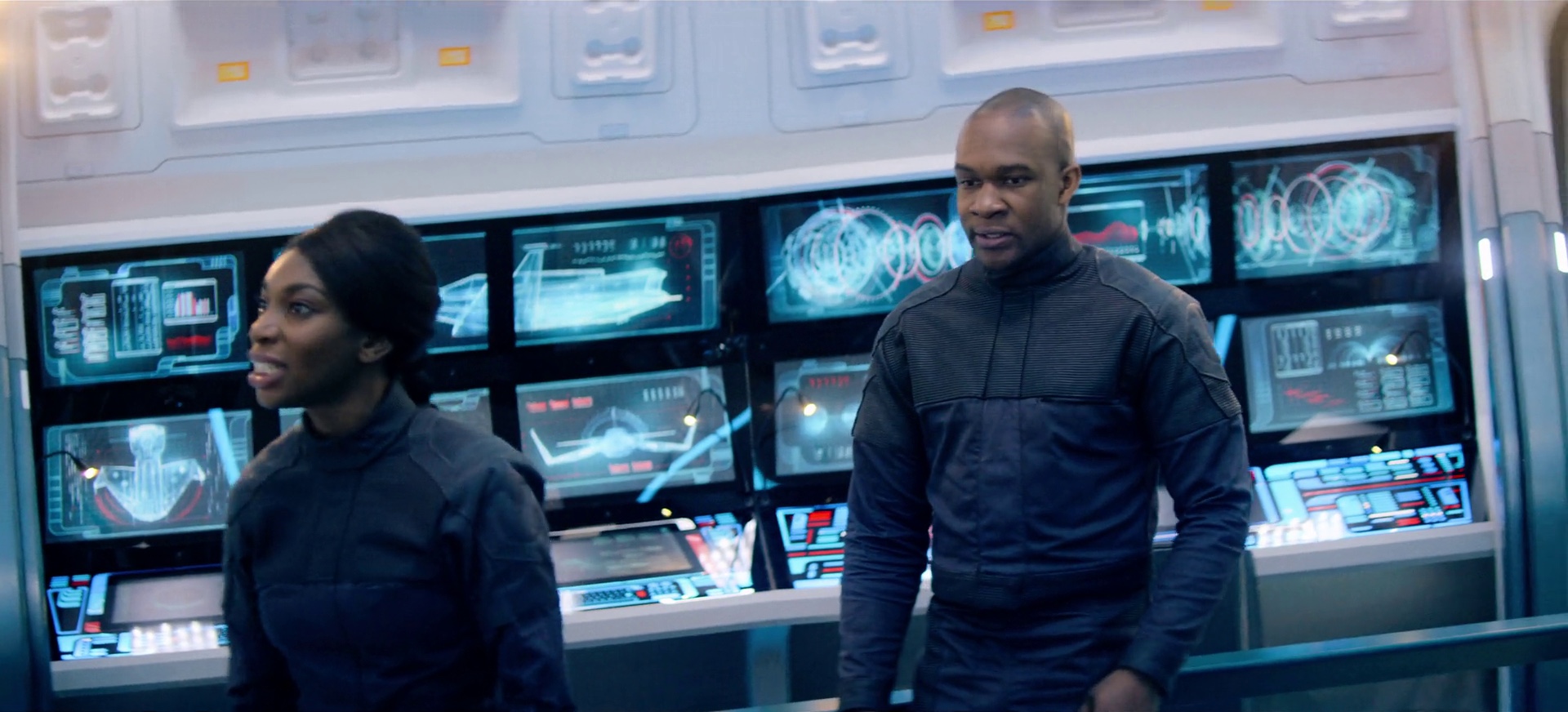
Screen graphics for “USS Callister”.
Continue reading »
![]()
![]()